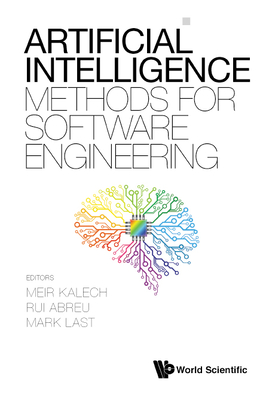Computational Approaches in Physics
Fyta, Maria
- 出版商: Morgan & Claypool
- 出版日期: 2016-11-01
- 售價: $1,910
- 貴賓價: 9.5 折 $1,815
- 語言: 英文
- 頁數: 136
- 裝訂: Quality Paper - also called trade paper
- ISBN: 1681744163
- ISBN-13: 9781681744162
-
相關分類:
物理學 Physics
海外代購書籍(需單獨結帳)
商品描述
Computational Approaches in Physics reviews computational schemes which are used in the simulations of physical systems. These range from very accurate ab initio techniques up to coarse-grained and mesoscopic schemes. The choice of the method is based on the desired accuracy and computational efficiency. A bottom-up approach is used to present the various simulation methods used in Physics, starting from the lower level and the most accurate methods, up to particle-based ones. The book outlines the basic theory underlying each technique and its complexity, addresses the computational implications and issues in the implementation, as well as present representative examples. A link to the most common computational codes, commercial or open source is listed in each chapter. The strengths and deficiencies of the variety of techniques discussed in this book are presented in detail and visualization tools commonly used to make the simulation data more comprehensive are also discussed. In the end, specific techniques are used as bridges across different disciplines. To this end, examples of different systems tackled with the same methods are presented. The appendices include elements of physical theory which are prerequisites in understanding the simulation methods.
作者簡介
Maria Fyta studied physics at the University of Crete in Greece, where she obtained her Masters and PhD degree in physics with a specialization in solid state and computational physics under the guidance of P C Kelires. During her graduate studies, she used classical and semi-empirical computational methods, such as Monte Carlo and tight-binding molecular dynamics to study the stability, elastic and mechanical properties of nanostructured carbon. In 2005 she moved to Harvard University as a postdoctoral fellow in the group of E Kaxiras, where she was involved in materials and biophysics related projects, ranging from defects in materials up to the dynamic and electronic behavior of DNA. The computational tools used in these projects were extended to quantum-mechanical schemes, such as techniques based on density functional theory, as well as multiscale schemes based on coupled atomistic and mesoscopic schemes. In 2008 she joined the group of R Netz at the Technical University of Munich, where she was also a Marie Curie fellow. In this group, she turned to atomistic molecular dynamics and the development of atomistic force fields. In 2012 she accepted an offer for a junior professorship from the University of Stuttgart in Germany. Since 2012 she has been affiliated with the Institute for Computational Physics at the University of Stuttgart, where she uses a variety of computational tools to tackle problems in condensed matter physics/materials science and biophysics. Specifically, her field of interests involves nanopores for sensing devices, chemically modified nanostructures, materials with defects, self-assembled monolayers, biofunctionalized materials, as well as the mechanical and electronic properties of biomolecules and their behavior in solutions.













